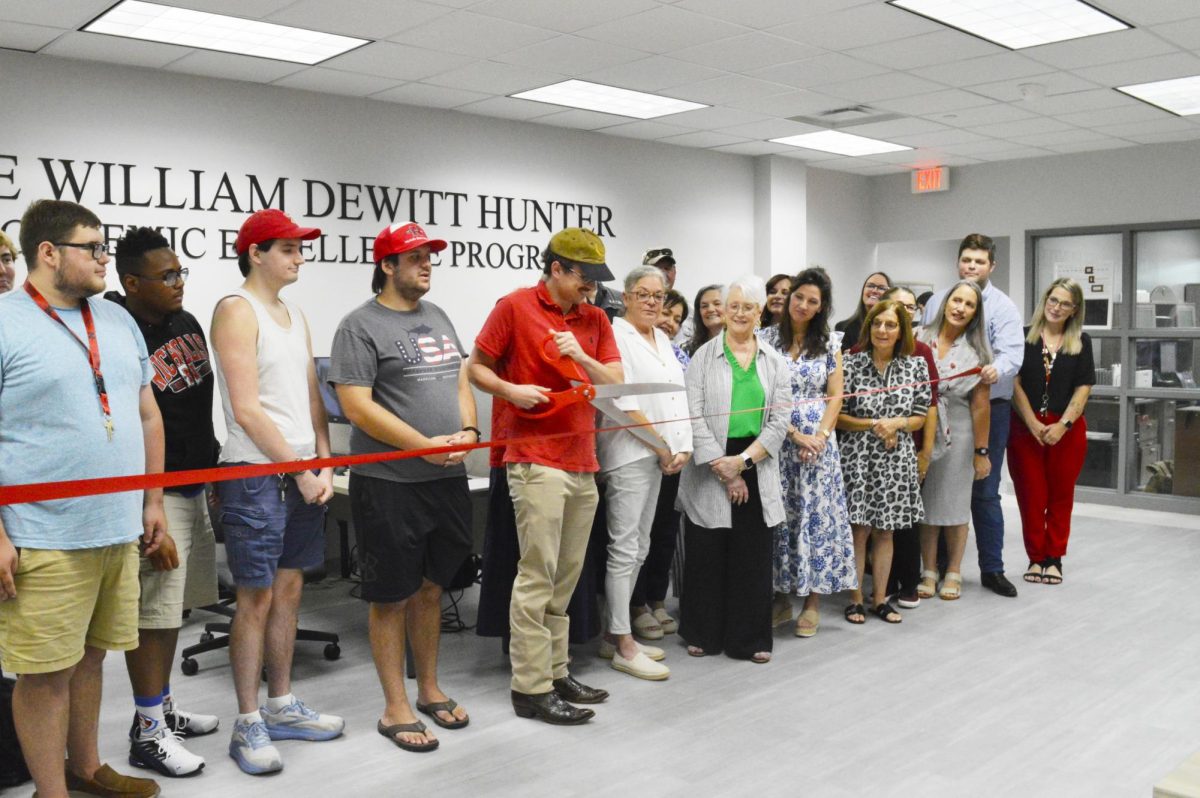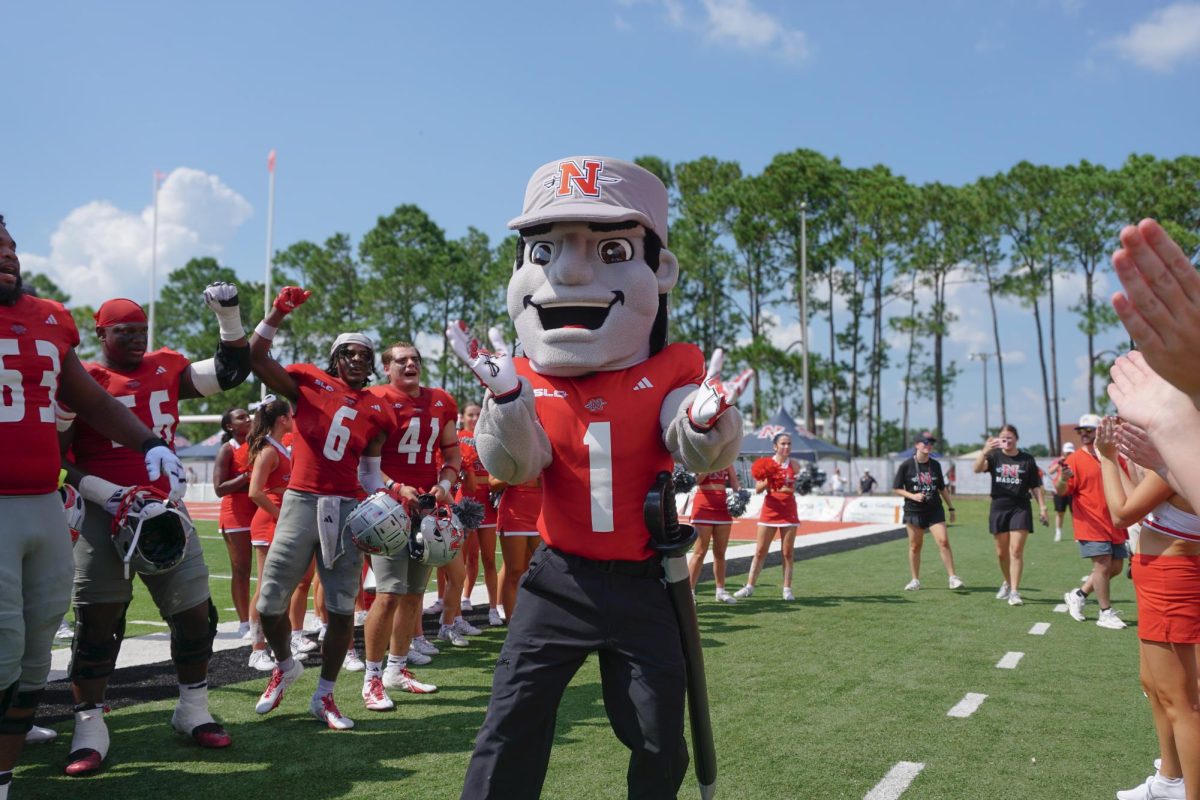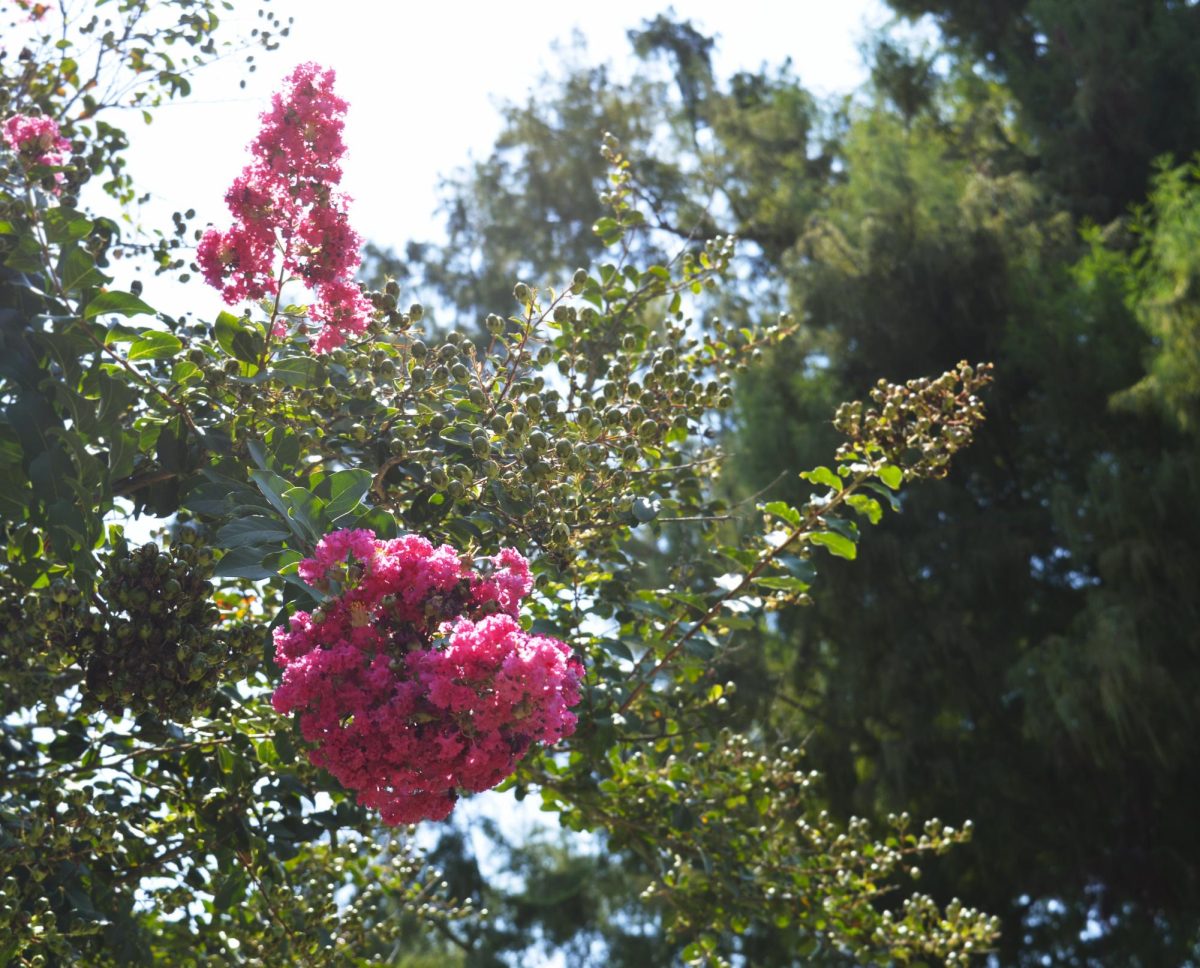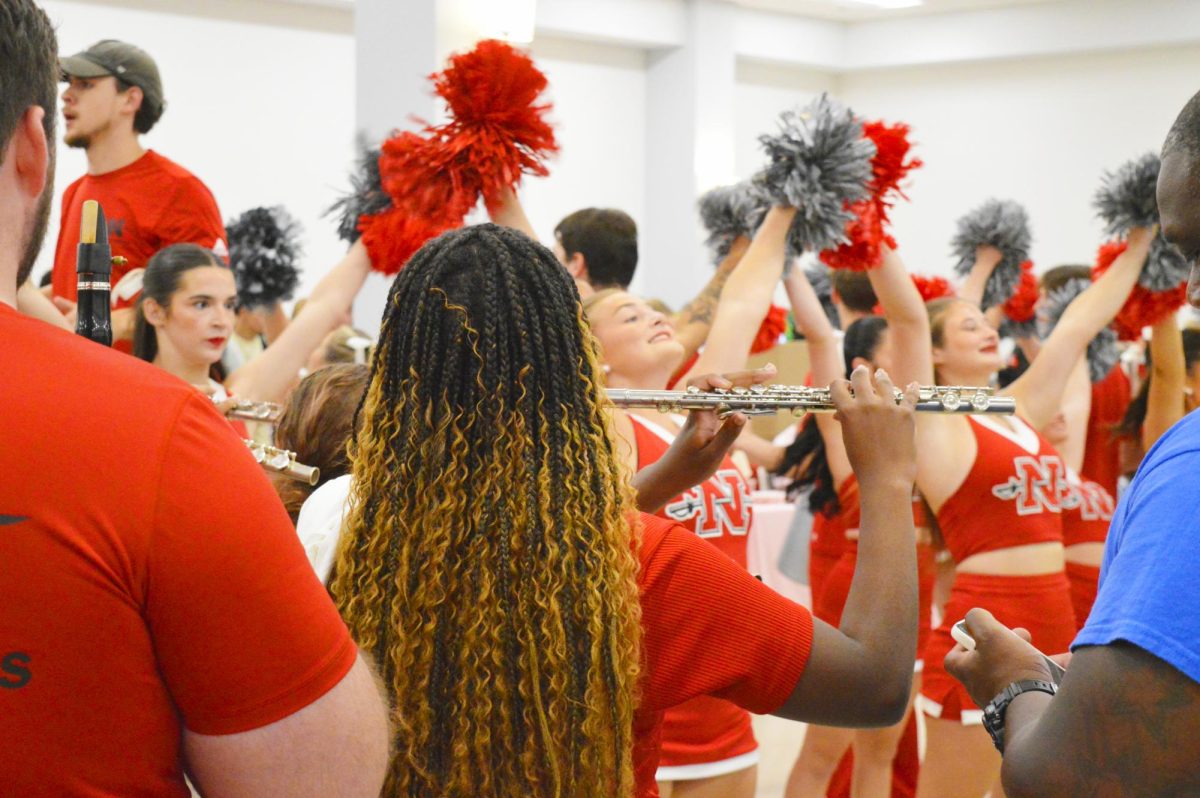Residents of the Bayou Lafourche region have an opportunity of a lifetime: to spend four days traveling the bayou in a pirogue, stopping only to eat, sleep and learn about the area, all while raising awareness for an important ecological project. Participants in the first “Back to the Bayou: An Educational Adventure” will return to their ancestral roots by paddling approximately 60 miles down Bayou Lafourche. They will also learn about some of the latest efforts to aid the ailing life source of the community.
Melanie Boulet, one of the event’s coordinators, said the event’s purpose is to bring people back to the bayou.
“The bayou is why we’re here. It served as a transportation route, as relief for the fertile land. This event is like taking a step back. Most people today see the bayou as a nuisance, because they only come in contact with it in order to cross it to go from one highway to the next. And when you only see it from the road, you can’t see everything clearly.”
Boulet said the second purpose of the trip, which is funded by the Barataria-Terrebonne National Estuary Foundation and the Jean Lafitte National Historical Park and Preserve, is to bring a focus on the bayou as a natural and cultural resource.
“If people see it is, they will feel more of a need to protect it. Right now, people treat it as a sort of a public garbage dump. The banks experience a lot of erosion. And this is where most of our drinking water comes from.”
She tested the route last week, and was amazed at what she saw. “There was a man collecting pecans. He had nets in the water, which collected the nuts as they fell from the trees. I would never have known about that if I hadn’t taken the trip.”
Each leg of the trip lasts about five hours and covers nearly 15 miles. Pirogues travel about three miles an hour down the bayou. “For inexperienced piroguers, we are recommending that they participate in the first two days of the journey,” Boulet said. “The current is stronger there, and it will be easier for inexperienced people to travel.” While inexperienced piroguers are allowed to participate, they should, in addition to joining the beginning legs of the journey, have swimming abilities and should bring an experienced partner. “There will be some pirogue enthusiasts who will be there, so we can pair them up with inexperienced people if necessary, though.”
Participants do not need to supply their own equipment, as pirogues, complete with life vests and paddles, will be available for $20 per day. In addition to this cost, a $6 registration fee is required for each day to cover insurance and a shuttle between sites.
“They will have to find their own lodging, though,” Boulet said. “There are zero campgrounds in the area.” Boxed lunches are available for $5, but participants may bring their own food sealed in watertight bags.
In addition to learning about the bayou by sight, several tours and lectures are planned for each day. The four-day event begins Friday with a rally at the pumping station in Donaldsonville.
On Saturday, the group will leave Donaldsonville and travel 16 miles to Napoleonville, where it will hear about native fish and plants of the bayou and migratory birds and butterflies. They will take a shuttle to the Jean Lafitte National Park and Preserve in Thibodaux to learn about the history of Cajun music.
On Sunday, following breakfast at the Napoleonville Bakery, a 16-mile trip to Thibodaux will bring piroguers back to the JLNPP to learn about farming and to hear Steve Riley and the Mamou Playboys.
Monday finds the travelers at Nicholls, where they will tour the Traditional Boat Building Center and hear a history of the pirogue. They will then paddle 19 miles downstream to Lockport, where they will tour the Bayou Lafourche Folklife and Heritage Museum and view Glen Pitre’s novel “Belizaire the Cajun.”
The trip will end Tuesday with the final 11 miles of the bayou trip to Larose. Refreshments, music and a finale will take place at the Louisiana Catalog Store.
“I hope people can gain a real appreciation for the bayou. It looks so different from the road. There is so much plant life, aquatic life and bird life. People just don’t realize how important the bayou is. I just hope they look at it in a different way,” Boulet said. “It is a source of economic gain and recreation, moreso downstream. People need to see some of the serious environmental problems.”
Boulet called Bayou Lafourche the one feature of the whole delta area that most people will ever see.
“Most of us don’t see the barrier islands, which protect us from hurricanes, or the marshes, where we get a lot of seafood. This they see every day. I want them to feel protective of the bayou first, then maybe they’ll move on to the other waterways.”








